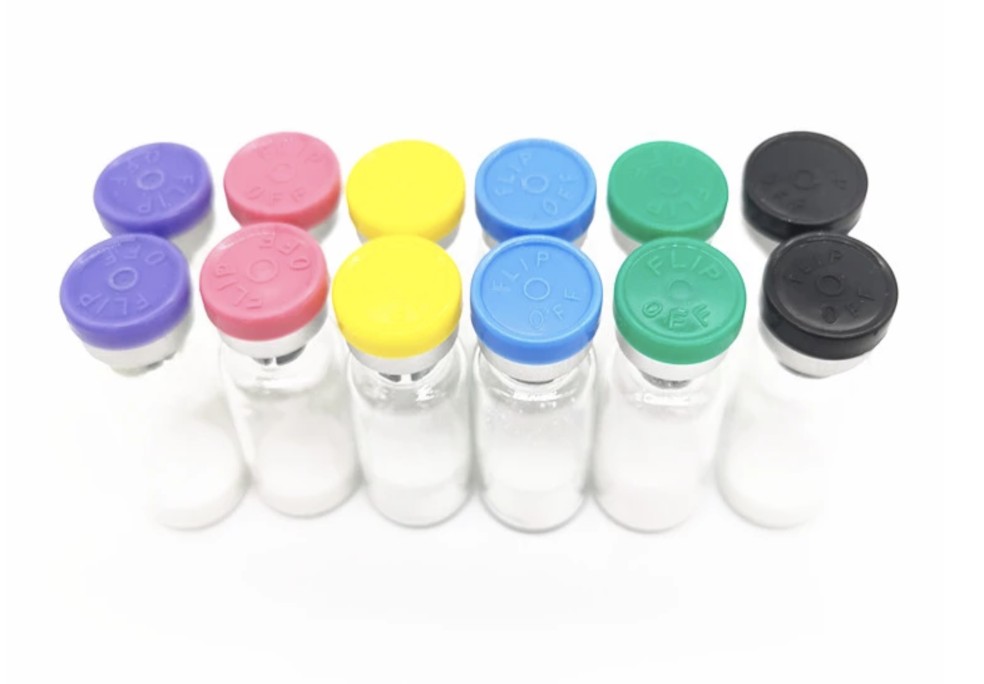Naam: Lixisenatide-asetaat
Cas No: 827033-10-3
Formule: C215H347N61O65S
Molekulêr: 4858.56
Volgorde:H-Sy-Gly-Glu-Gly-Thr-Phe-Thr-Ser-Asp-Leu-Ser-Lys-Gln-Met-Glu-Glu-Glu-Ala-Val-Arg-Leu-Phe-Ile-Glu- Trp-Leu-Lys-Asn-Gly-Gly-Pro-Ser-Ser-Gly-Ala-Pro-Pro-Ser-Lys-Lys-Lys-Lys-Lys-Lys-NH₂ asetaat sout
Reinheid:98%
Voorkoms: wit poeier
Bron: sintetiese
Also know as Lyxumia,ZP10A peptied, AQVE-10010,ZP10,DesPro36Exendin-4(1-39)-Lys6-NH2
Lixisenatide is an exenatide-related GLP-1 agonist injected once daily for glycemic control in adult diabetes II. In myocardial ischemia-reperfusion injury studies with rats, a cardioprotective activity could be shown. Furthermore, administration of lixisenatide rescued spatial memory and synaptic plasticity from amyloid β-protein-induced impairments. Offered under Bolar Exemption: All APIs that are sold for development of drug products still patent protected are offered under Bolar Exemption only. The following disclaimer applies: These products are offered and sold in small quantities only and solely for uses reasonably related to privileged trials and studies for obtaining marketing authorization required by law (Bolar Exemption). Bachem cannot be made liable for any infringement of intellectual property rights. It is the sole and only responsibility of the purchaser or user of these products to comply with the relevant national rules and regulations.
Lixisenatide acts as an agonist at the GLP-1 receptor. In the pancreas, this agonism results in increased glucose-stimulated insulin exocytosis by beta islet cells. This produces a reduction in blood glucose due to increased glucose uptake by tissues 1. GLP-1 receptor activation in the GI tract results in delayed gastric emptying which is thought to mediate the effects of lixisenatide on postprandial blood glucose.
The activation of the GLP-1 receptor by lixisenatide results in the activation of adenylyl cyclase [19193]. This increases the concentration of cyclic adenosine monophosphate in the cell leading to the activation of protein kinase A (PKA) as well as Epac1 and Epac2. PKA, Epac1, and Epac2 are involved the in release of Ca2+ from the endoplasmic reticulum which is known as the "amplification" pathway which increases insulin release when the triggering pathway is activated. By activating this amplification pathway lixisenatide increases glucose stimulated insulin secretion.






















